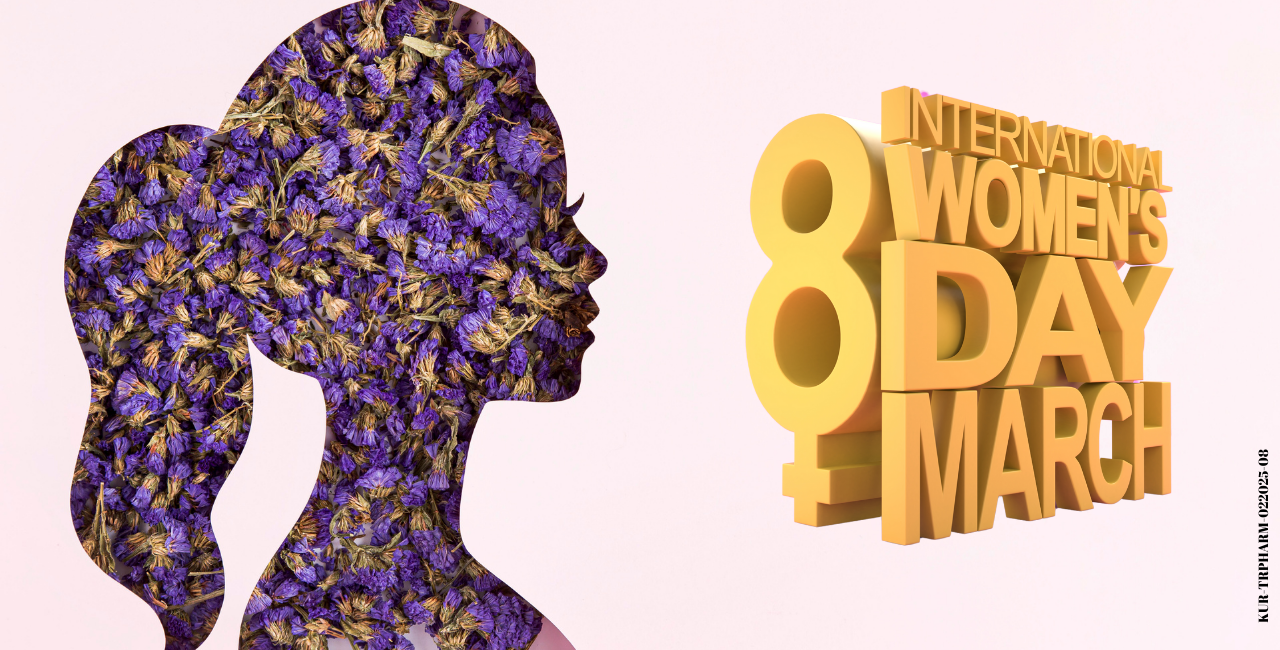International Women’s Day; More Than Just a Celebration

International Women's Day (IWD), celebrated annually on March 8th, is a global occasion dedicated to recognizing the achievements of women and advocating for gender equality.[1] Its origins date back to the early 20th century, a time marked by industrial expansion, social unrest, and the emergence of women's rights movements. The roots of this significant day can be traced to 1908, when 15,000 women marched through New York City demanding better pay, shorter working hours, and voting rights.[2] Inspired by this movement, the Socialist Party of America declared the first National Woman’s Day in 1909, laying the foundation for a more extensive international effort.1
The concept of a globally recognized Women's Day was introduced in 1910 at the International Conference of Working Women in Copenhagen.1 German activist Clara Zetkin proposed the idea of an annual event dedicated to women's rights, which was unanimously accepted by the 100 women from 17 countries in attendance.[3] As a result, the first International Women's Day was celebrated in 1911 across Austria, Denmark, Germany, and Switzerland, with over a million people participating in rallies advocating for women's right to work, vote, and be treated equally.1 However, this movement was also met with tragedies, such as the Triangle Shirtwaist Factory fire in New York City, which claimed the lives of more than 140 working women and underscored the urgent need for labor reforms and better working conditions.
Over the years, International Women's Day gained momentum and became a powerful platform for advocacy. In 1917, Russian women staged a strike demanding "Bread and Peace," which played a crucial role in the abdication of Czar Nicholas II and led to the provisional government granting women the right to vote.[4] This moment cemented March 8th as the official date for IWD. Decades later, in 1975, the United Nations formally recognized International Women's Day, further amplifying its importance on a global scale.3 Since then, the UN has introduced annual themes to highlight specific issues affecting women, ranging from gender-based violence to economic empowerment and leadership.
Today, International Women's Day serves as both a celebration and a call to action. While significant progress has been made in areas such as women's rights, education, and political representation, gender inequality remains a pressing issue in many parts of the world. Organizations, governments, and individuals use this day to advocate for policies that promote equality, raise awareness of challenges women still face, and honor the contributions of women throughout history. Whether through marches, campaigns, or social media movements, IWD continues to inspire change and encourage collective action towards a more inclusive and equitable world.
References:
- https://www.internationalwomensday.com/Activity/15586/The-history-of-IWD
- https://www.un.org/en/observances/womens-day/background
- https://www.bbc.com/turkce/articles/c06l8my778jo#:~:text=Bug%C3%BCn%20neredeyse%20t%C3%BCm%20d%C3%BCnyada%20ses,Ulusal%20Kad%C4%B1nlar%20G%C3%BCn%C3%BC%20ilan%20etmi%C5%9Fti.
- https://www.history.com/news/the-surprising-history-of-international-womens-day
[1] https://www.internationalwomensday.com/Activity/15586/The-history-of-IWD
[2] https://www.un.org/en/observances/womens-day/background
[3]https://www.bbc.com/turkce/articles/c06l8my778jo#:~:text=Bug%C3%BCn%20neredeyse%20t%C3%BCm%20d%C3%BCnyada%20ses,Ulusal%20Kad%C4%B1nlar%20G%C3%BCn%C3%BC%20ilan%20etmi%C5%9Fti.
[4] https://www.history.com/news/the-surprising-history-of-international-womens-day